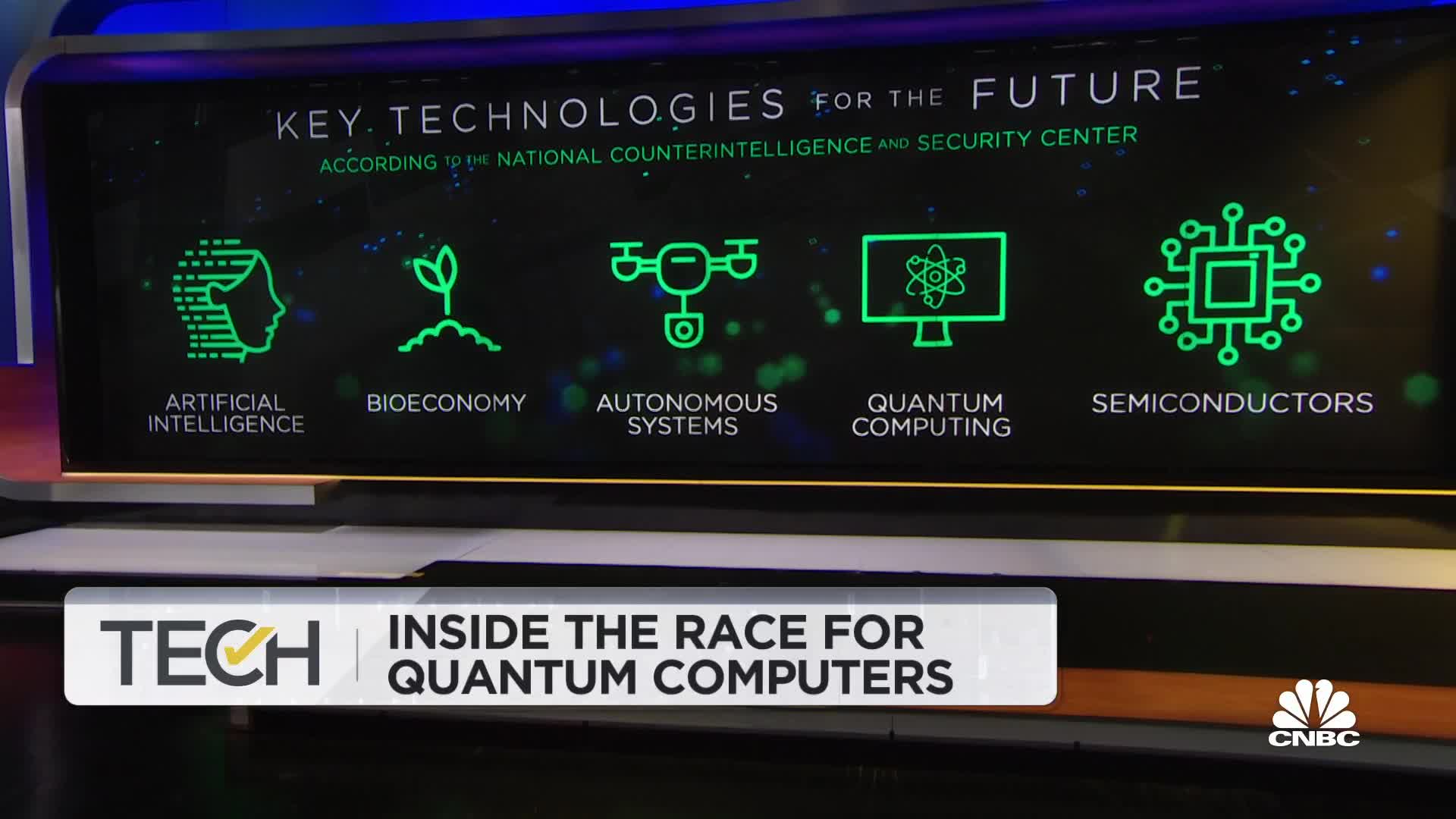As we find ourselves embedded in the digital revolution, one finds it imperative to explore the multifaceted promises of quantum computing. Quantum computing, an innovative paradigm that diverges significantly from classical computing, harnesses the principles of quantum mechanics to process information in ways previously unimaginable. This article endeavors to provide an overview of the emergent realm of quantum computing, examining its foundational concepts, current advancements, and potential implications across various fields.
1. Understanding the Fundamentals
At its core, quantum computing relies on qubits—quantum bits that can exist simultaneously in multiple states thanks to the phenomena of superposition and entanglement. Traditional computing relies on bits, which are binary and can only represent a state of 0 or 1. In contrast, qubits can embody a state of both 0 and 1, exponentially increasing the computational capacity. This fundamental distinction allows quantum computers to tackle complex problems that are intractable for classical systems.
2. Distinguishing Between Quantum Paradigms
Within the realm of quantum computing, various paradigms have emerged, including gate-based quantum computing, quantum annealing, and topological quantum computing. Each of these paradigms possesses unique characteristics and potential applications:
- Gate-based Quantum Computing: This approach utilizes quantum gates to manipulate qubits, akin to classical logic gates. It is particularly well-suited for executing complex algorithms, such as Shor’s algorithm, which can efficiently factor large integers.
- Quantum Annealing: In this paradigm, qubits are used to find the global minimum of a cost function. Quantum annealers, like those developed by D-Wave Systems, excel in optimization problems, making them attractive for various industries, including logistics and finance.
- Topological Quantum Computing: This emerging approach leverages anyons—exotic particles that exist in two dimensions—to create qubits that are resistant to quantum decoherence. Researchers are optimistic that this method may provide more robust quantum systems capable of operating at higher temperatures.
3. Current Landscape of Quantum Computing Investments
Reflecting on the past few years, one observes a remarkable surge in investments directed toward quantum computing. The quantum ecosystem has attracted substantial funding from both governmental bodies and private enterprises. Major corporations—such as IBM, Google, and Microsoft—are investing heavily in quantum research, with the aim of developing quantum hardware and software capable of outperforming classical counterparts.
Moreover, venture capital firms are evaluating startups within this ecosystem, recognizing that quantum technology encompasses a myriad of applications, including cryptography, drug discovery, and material science. This surge in investments signifies a collective acknowledgment of the potential disruptive capability of quantum computing, solidifying its importance in technological evolution.
4. Notable Applications of Quantum Computing
As interest burgeons, the potential applications of quantum computing expand. Several fields stand to benefit significantly:
- Crytography: Quantum computers could revolutionize cryptography through quantum key distribution (QKD), enabling secure communication channels impervious to eavesdropping.
- Material Science: Simulating molecular structures at quantum levels allows for unprecedented insights into material properties, facilitating the design of stronger, lighter materials with unique characteristics.
- Artificial Intelligence: Quantum algorithms are anticipated to enhance machine learning processes, taking advantage of quantum parallelism to accelerate data processing tasks.
- Pharmaceutical Development: The ability to efficiently simulate complex biological processes could potentially reduce the time and cost associated with drug discovery, accelerating the delivery of new therapeutics.
5. Challenges and Limitations
Despite the optimistic outlook, it is crucial to acknowledge the challenges that persist in realizing the full potential of quantum computing. Quantum decoherence remains a significant hurdle; qubits are notoriously delicate, susceptible to external interferences that can disrupt their states. As a result, maintaining stable qubit coherence for extended periods is essential for meaningful computations.
Moreover, the development of error correction techniques is vital to ensure reliable quantum computation. Current methods are resource-intensive and not yet feasible for large-scale quantum systems. Without robust error correction, the reliability of quantum circuits remains uncertain.
6. The Future of Quantum Computing
The horizon of quantum computing gleams with promise; it’s a transformative era for technology that could redefine computational norms. As researchers continue to surmount current limitations and harness the power of qubits, it is prudent to anticipate a gradual but definitive evolution of quantum systems into mainstream applications.
International collaboration and interdisciplinary research will be paramount in addressing the challenges ahead. Governments and institutions must invest in education and training to cultivate a workforce skilled in quantum technologies, ensuring that society can genuinely benefit from this promising frontier.
In conclusion, the trajectory of quantum computing reflects an exhilarating intersection of theory and application. While the vision of a practical quantum computer remains aspirational, the journey itself unveils unprecedented possibilities that extend far beyond mere computational prowess. As we stand at the threshold of this quantum revolution, one must consider not only the technological advancements but also the ethical and societal implications that accompany such profound change.












